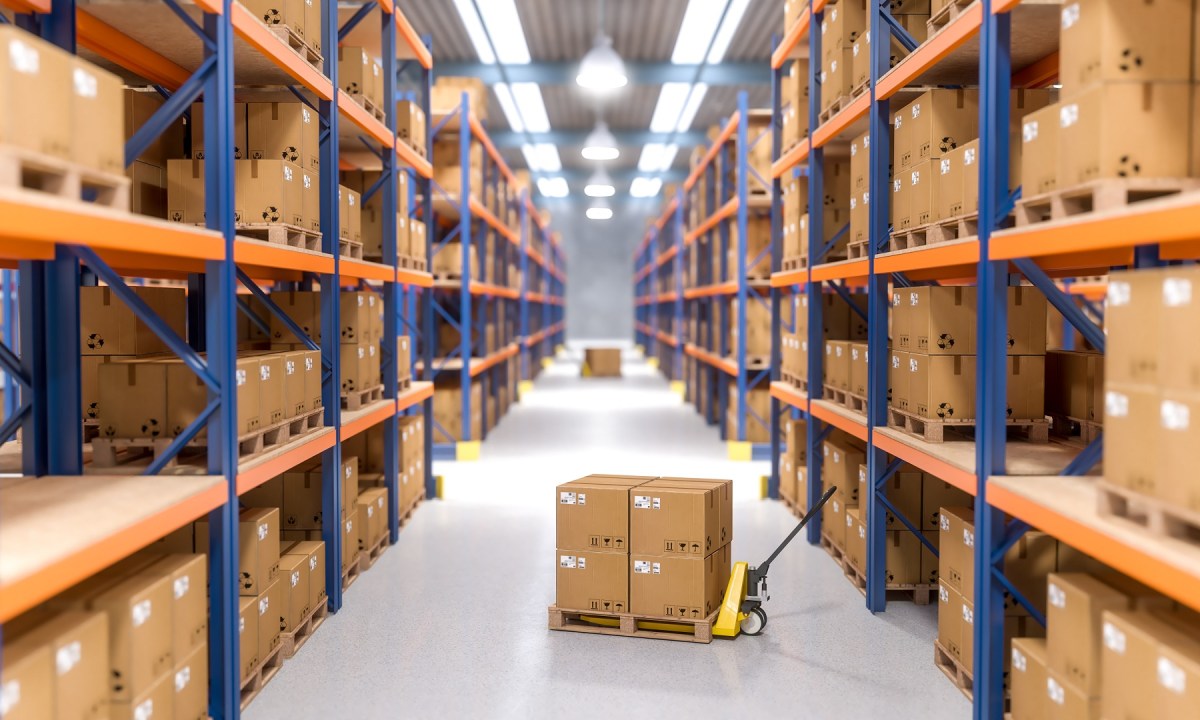The pandemic brought many shifts to our everyday lives, but it also created an unprecedented demand for certain products. Loungewear, self-care items and gym equipment were in, clothes for the office and make-up were out, which has resulted in many retailers sitting on stock they can no longer sell.
Indeed, warehouse space is difficult to find anywhere right now. Over the first half of 2022, the national industrial vacancy rate for warehouses of 5000 square metres and more fell 50 basis points from an already tight 1.3 per cent in December, according to new research from CBRE, making Australia the tightest logistics market in the world.
Even if you can get new warehouse space, the additional software, labour and operations required make this an unattainable option for many.
Here are some alternatives to consider before committing to additional warehouse space:
1. Make your stores work harder
Don’t overlook your stores. Ramp up their fulfillment capacity and use them as mini distribution centres. This is much faster than obtaining a new warehouse, you can choose stores that are better equipped to handle orders and you can deliver faster, empowering employees to efficiently pick and pack orders.
2. Ship from store
With consumer preferences changing rapidly, it’s harder than ever to accurately forecast demand. But with Ship from Store you can fulfill online orders from your entire pool of inventory, enabling you to sell more at higher margins, deliver faster and get more value from your in-store inventory—while also mitigating risk.
To enable Ship from Store, you need a powerful order management platform that can support real-time inventory updates at scale and in-store tools your employees need to ensure an efficient pick and pack process. It should also provide you with flexibility, so you can choose which stores to ship from and when and control over capacity, so you can limit the total orders per day by store, or cap the number of open orders per day.
3. Get more customers in stores
Can you offer your customers the option to Click & Collect? When you use online sales to drive traffic into your physical stores, usually it leads to additional purchases of in-store goods. It also takes the pressure off your warehouses.
4. Maximise margins
Extracting maximum value from each order is top of mind—now more than ever. Adjust your sourcing strategies to help reduce markdowns. You can ship items from the store or location with the most inventory, the oldest inventory, the lowest sell-through rate or highest in-store markdowns.
By fulfilling online orders from strategic locations, you can help keep margins higher. This strategy works for seasonal markdowns, too. Stores may have markdowns available in their specific locations, but when you fulfill online orders from store stock, you can sell these marked-down products to customers in any location.
5. Reduce cancelled orders
When you don’t know what you have available to sell, it ultimately affects both your customer and bottom line. This is a problem that is multiplying across retail right now, and it is more important than ever to fix it.
A distributed order management system allows you to track all your stock across all locations—and in near real-time. It can show what’s in stock, what is being processed or ready for pickup or shipment. It can provide buffers for popular items, prevents overbuying and helps to reduce overselling and underselling.
6. Use virtual inventory
Virtual inventory allows you to control what is sold in each channel or region virtually. You can create virtual pools of inventory that can be segmented in many ways including by channel, market, region, and/or product and include inventory rules such as buffers or exclusions.
You can isolate a portion of your inventory for online orders only and reserve the rest for in-store traffic. Or you can aggregate all stock, including store stock and make it available to sell online to reduce stockouts.
With the holiday season around the corner and new stock arriving, retailers need to sell inventory, not buy more warehouse space to store it. A powerful flexible order management system enables you to respond to customer behaviour and sell in each channel, market or region, now and in the future.
Jamie Cairns is chief strategy officer at Fluent Commerce.

